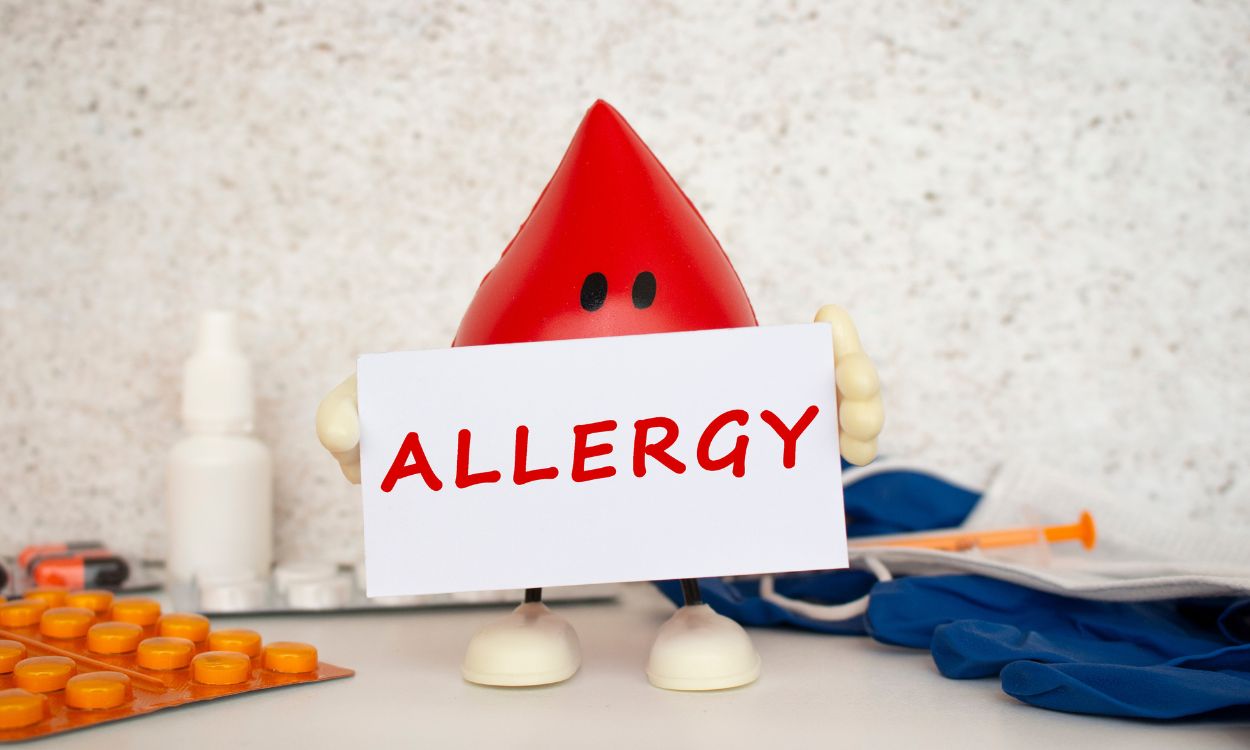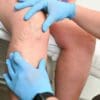Handling Allergic Reactions to Latex: First Aid Intervention”
Latex is a common material used in many products, including gloves, balloons, and condoms. While it is a versatile material, some people may develop an allergic reaction to it. Allergic reactions to latex can range from mild to severe and can even be life-threatening in some cases. If you or someone you know experiences an allergic reaction to latex, it is important to know how to handle it. In this article, we will discuss first aid intervention for allergic reactions to latex.
Symptoms of Latex Allergy
The symptoms of latex allergy can vary from person to person. Some people may experience mild symptoms, while others may have a severe reaction. The symptoms of latex allergy can include:
- Skin rash or hives
- Itching
- Swelling
- Redness
- Watery eyes
- Sneezing
- Runny nose
- Difficulty breathing
- Wheezing
- Anaphylaxis (a severe, life-threatening reaction)
First Aid Intervention for Latex Allergy
If you or someone you know experiences an allergic reaction to latex, it is important to take immediate action. Here are some first aid interventions that can help:
- Remove the Latex Product: The first step is to remove the latex product from the person’s skin or body. If the person is wearing latex gloves, remove them immediately.
- Wash the Affected Area: Wash the affected area with soap and water to remove any latex residue. This can help reduce the severity of the reaction.
- Apply a Cold Compress: Apply a cold compress to the affected area to reduce swelling and itching. You can use a cold pack or wrap ice in a towel.
- Take Antihistamines: Antihistamines can help reduce itching and swelling. Over-the-counter antihistamines like cetirizine or loratadine can be taken as directed.
- Use an Epinephrine Auto-Injector: If the person is experiencing a severe allergic reaction, use an epinephrine auto-injector if available. This can help reduce the severity of the reaction and buy time until emergency medical services arrive.
Preventing Latex Allergy
Preventing latex allergy is the best way to avoid allergic reactions. Here are some tips to prevent latex allergy:
- Use non-latex products: Use non-latex gloves, balloons, and condoms instead of latex products.
- Inform healthcare providers: Inform healthcare providers about your latex allergy before any medical procedures.
- Wear a medical alert bracelet: Wear a medical alert bracelet that indicates your latex allergy.
- Avoid high-risk areas: Avoid areas where latex products are commonly used, such as hospitals and dental offices.
Conclusion
Allergic reactions to latex can be mild or severe and can even be life-threatening in some cases. If you or someone you know experiences an allergic reaction to latex, it is important to take immediate action. Follow the first aid interventions mentioned above and seek medical attention if necessary. To prevent latex allergy, use non-latex products, inform healthcare providers about your allergy, wear a medical alert bracelet, and avoid high-risk areas. Download the Fitpaa app to get personalized health and fitness plans to help you achieve your goals and live a healthy life.









